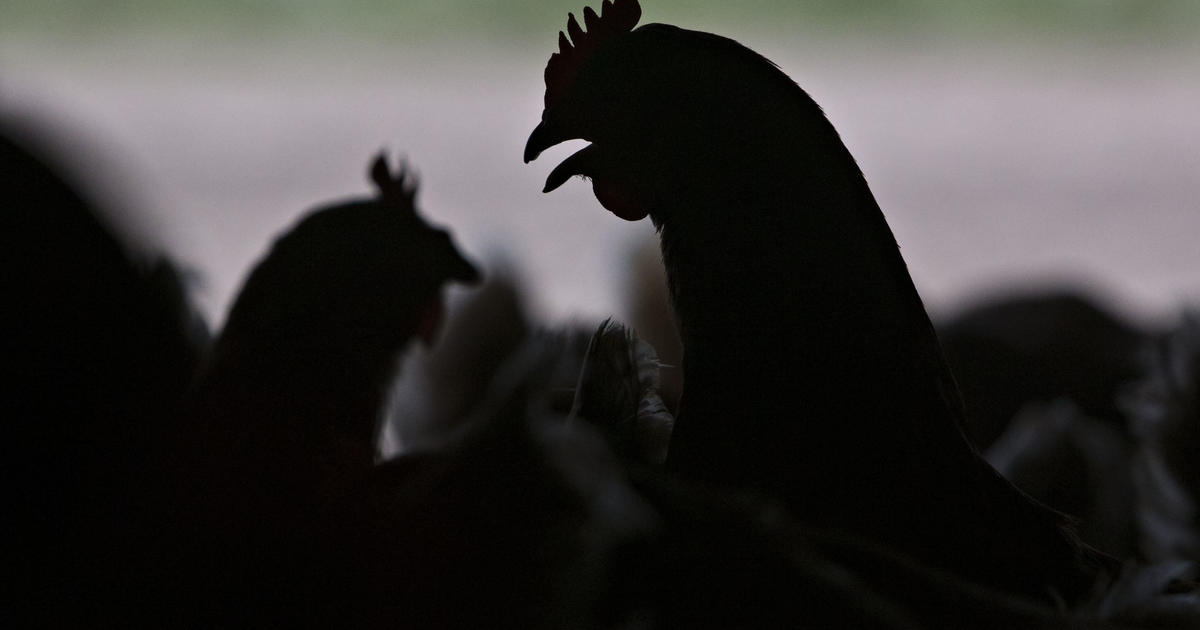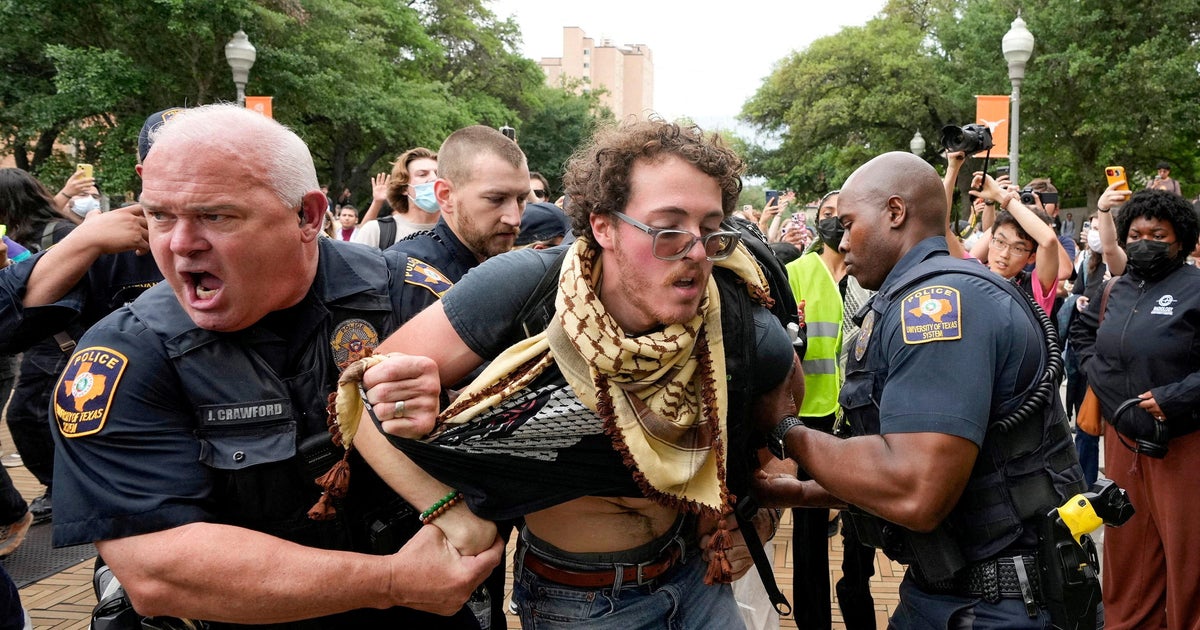Migrant crossings fall sharply along Texas border, shifting to Arizona and California
Eagle Pass, Texas — In recent weeks, the flow of migrants crossing into the U.S. illegally has largely shifted away from Texas, concentrating instead in Arizona and California, where immigration officials are now recording roughly 60% of all unlawful border crossings, according to internal federal government figures obtained by CBS News.
Overall illegal crossings along the U.S.-Mexico border have dropped sharply since soaring to a record high in December. In January, Border Patrol recorded 125,000 migrant apprehensions in between ports of entry along the southern border, compared to nearly 250,000 in December, preliminary federal data show. But the geographic trends of those migration flows have also changed dramatically.
Over the past weeks, the Tucson sector in Arizona and the San Diego sector in California have been the busiest Border Patrol regions for migrant crossings. In both sectors, more than 1,000 migrants have been entering the U.S. illegally each day in remote desert areas like Lukeville, Arizona, and Jacumba Hot Springs, California, in recent weeks, taking advantage of gaps in the border wall or holes cut by smugglers.
Meanwhile, along the 1,254-mile Texas border, the largest of any state neighboring Mexico, crossings by migrants have plunged. The drop has been especially pronounced in the Del Rio sector, which was the second-busiest Border Patrol region in December.
Border Patrol averaged 1,816 daily migrant apprehensions in the Tucson sector and 1,213 in the San Diego sector during the week ending on Feb. 4, the internal government data show. Collectively, the two sectors accounted for 59% of the 5,128 daily apprehension average that week. Arizona and California each have one additional Border Patrol sector, but migrant arrivals in those areas are much lower.
In the seven-day time period ending on Feb. 4, Border Patrol averaged 716 and 536 migrant apprehensions each day in Texas' El Paso and Rio Grande Valley sectors, respectively. The Del Rio sector, meanwhile, has been recording a few hundred apprehensions, and as few as 200, each day — compared to the 2,300 daily migrant crossings there in December.
Crossings slow in Eagle Pass
The shifting migration patterns are clearly visible in Eagle Pass, a small Texas border city in the Del Rio sector that was one of the epicenters of the record influx in migrant crossings in December. At one point that month, Border Patrol held as many as 6,000 migrants in an outdoor staging area in a public park in Eagle Pass next to the Rio Grande, which thousands of migrants were crossing each day to enter the U.S.
But daily illegal crossings have slowed to a trickle in this area, which has been sealed off to the public and federal agents by Texas National Guard soldiers deployed by Gov. Greg Abbott, a Republican who has repeatedly clashed with President Biden over U.S. immigration policy.
Using layers of razor and concertina wire, shipping containers and other barriers, the Texas National Guard has fortified this 2.5-mile section of the southern border, making it exceedingly difficult for migrants to get past the riverbank of the Rio Grande. It has also sealed off the former Border Patrol staging area with concertina wire, blocking federal agents from processing migrants there.
On Sunday, Abbott hosted more than a dozen Republican governors in Shelby Park and credited the marked decrease in migrant crossings near Eagle Pass to his state's actions, saying average daily crossings in that area had decreased from several thousand to just three in recent days.
"The cartels have rerouted their routes to cross the border because Texas is the only state that's putting up any resistance," Abbott said. "Despite the fact that Texas represents more than 60% of the land miles of the border, the overwhelming majority now of people crossing the border are crossing in Arizona and California, two states that are putting up no resistance to illegal immigration."
It's difficult to ascertain why exactly migration flows shift, since they are driven by many factors beyond actions in the U.S., including seasonal trends, decisions by the criminal actors in Mexico who smuggle migrants and the Mexican government's efforts, or lack thereof, to curb that illicit industry.
Biden administration officials, for example, have attributed the marked drop in illegal crossings in recent weeks to actions by Mexican authorities to slow the flow of U.S.-bound migrants since a meeting in Mexico City in late December between top officials from both countries. They also point to historical patterns in which crossings drop after the holidays.
Valeria Wheeler, the director of Mission Border Hope, the only migrant shelter in Eagle Pass, said the number of migrants she received from Border Patrol started decreasing sharply around the start of 2024, before Texas took control of Shelby Park in the second week of January. In December, her shelter was receiving as many as 1,200 migrants each day. Now, she said Border Patrol is dropping off a couple dozen migrants daily.
"The Mexican government has made it very difficult for migrants to come to the border in this area," said Wheeler, who lives in Piedras Negras, the Mexican city adjacent to Eagle Pass.





